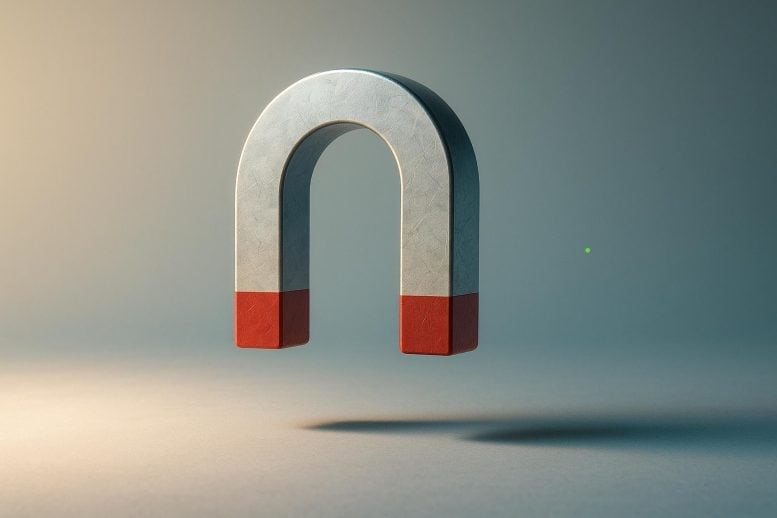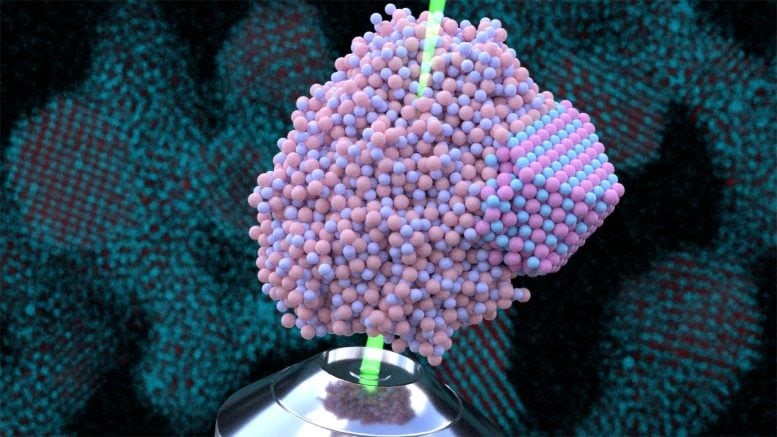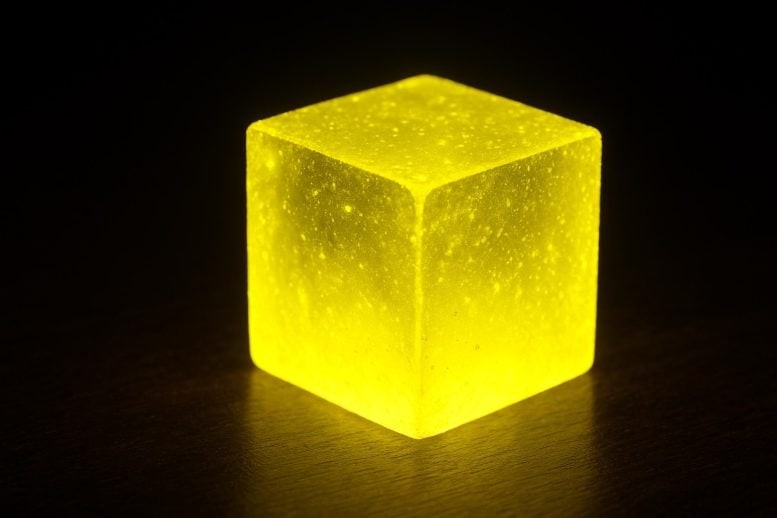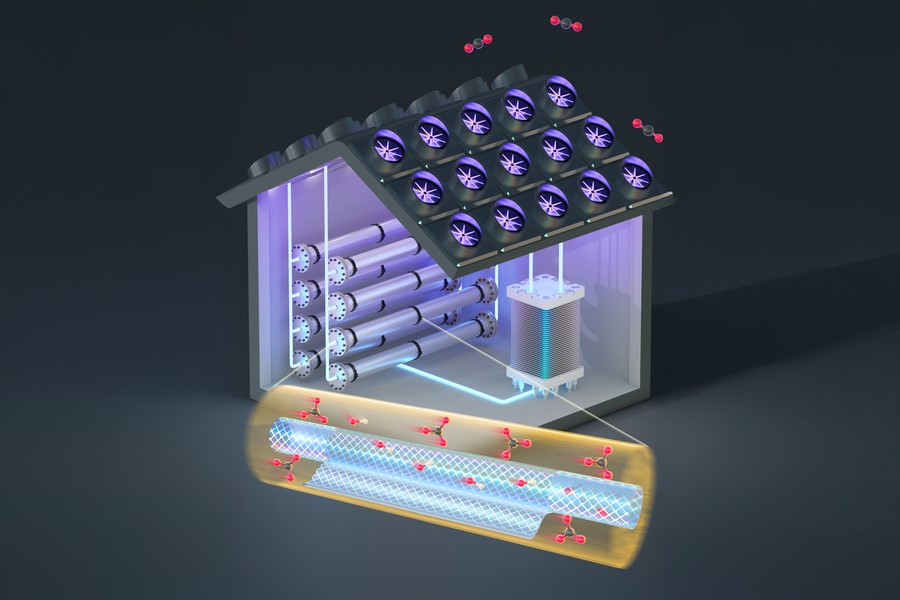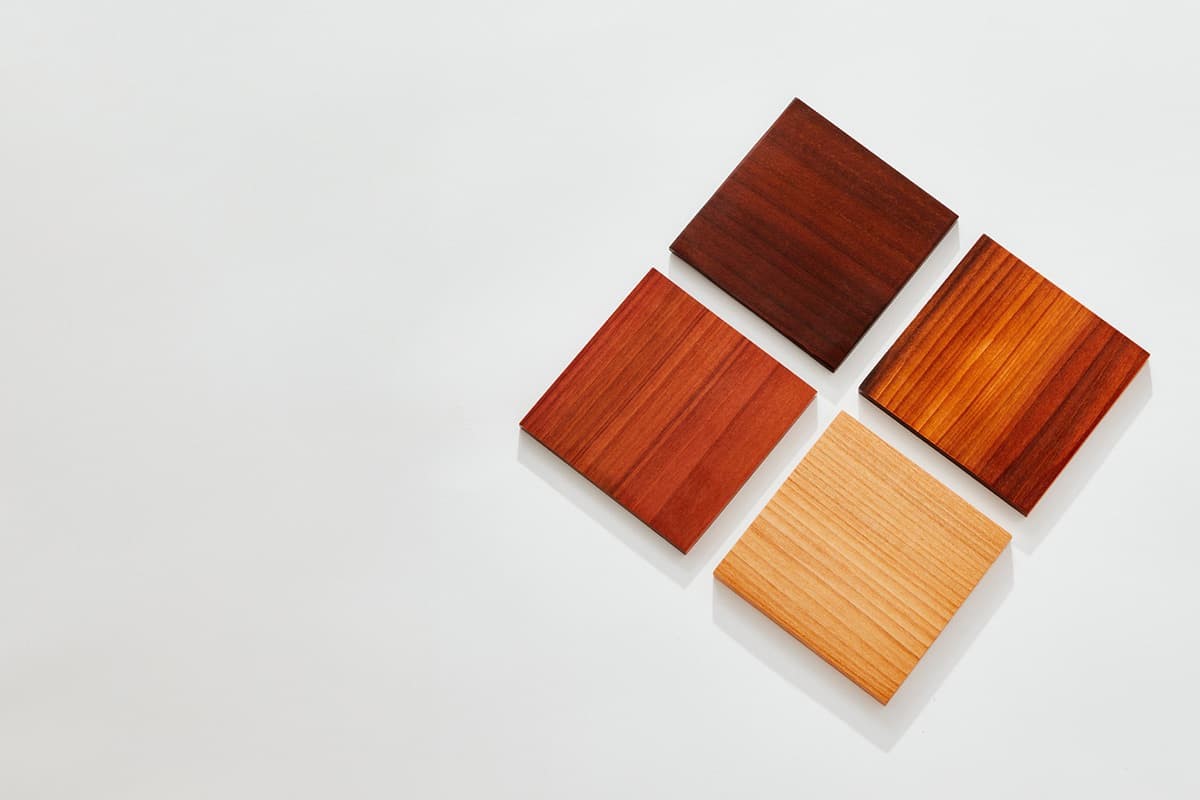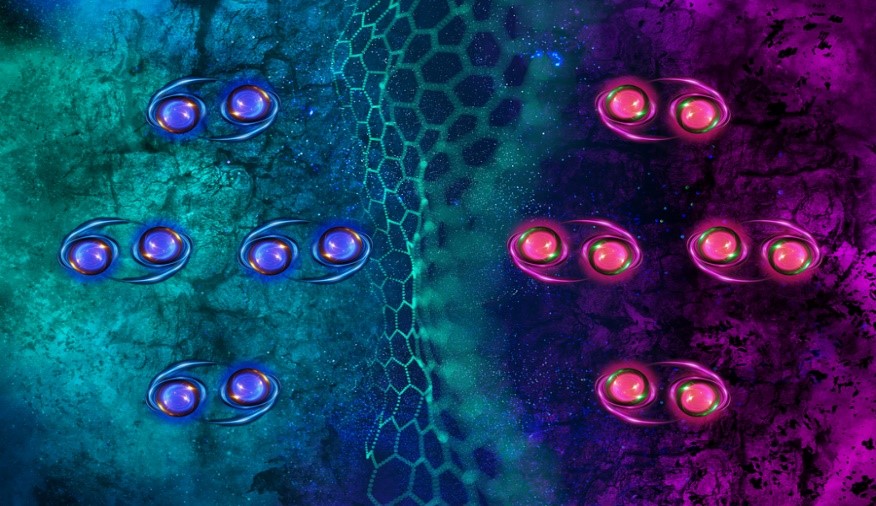New Fungus-Based Material: Biodegradable, Edible and Livingn
For their research, the team selected a specific strain of the split-gill mushroom—commonly found growing on dead wood—and used the whole fungus instead of just its root-like mycelium. This strain produces two unique macromolecules with valuable properties: one gathers at the boundary between immiscible liquids, and the other is a nanofiber that is thousands of times longer than its sub-nanometer thickness.
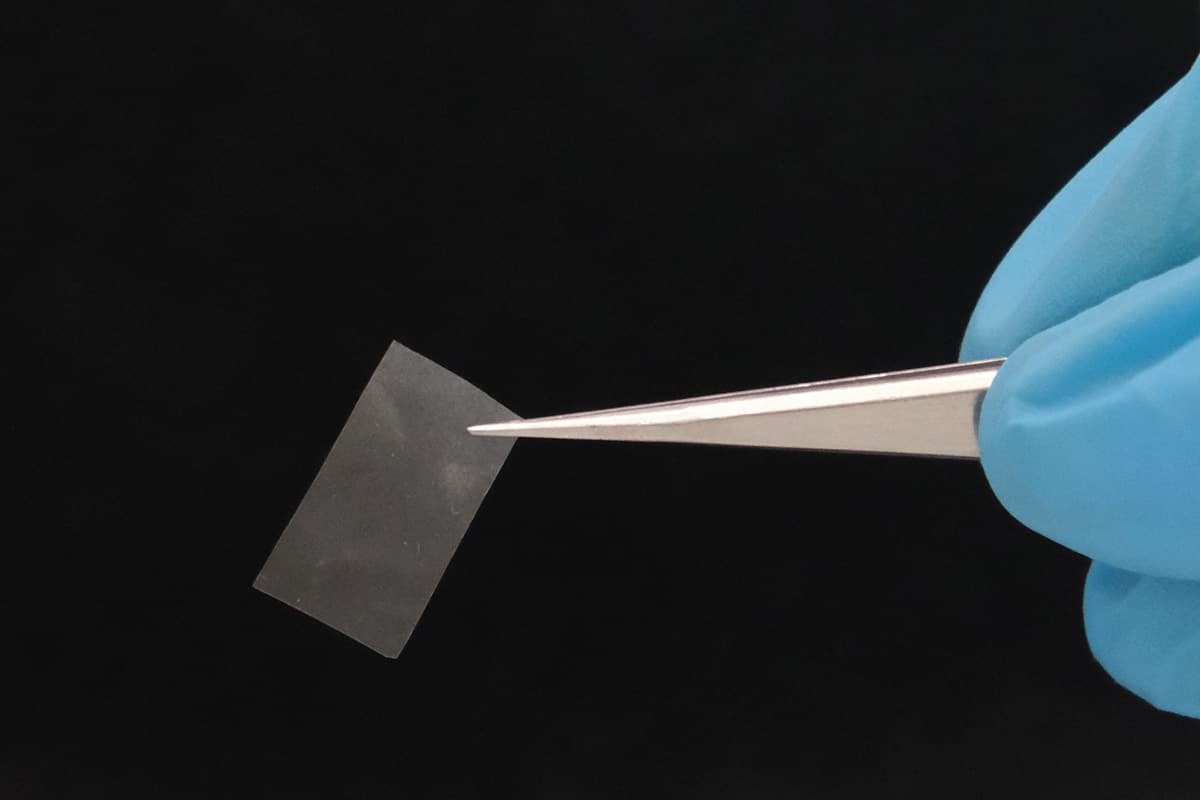
Figure 1. Fungus-Based Material: Living, Edible, and Biodegradable
Leveraging these properties, the team successfully created a stable edible emulsion that could help preserve food and cosmetics or enhance their texture. Figure 1. Fungus-Based Material: Living, Edible, and Biodegradable.
Additionally, the material could be used to develop biodegradable moisture sensors and fungal biobatteries that are safe to embed in natural environments.
The researchers also developed a thin film with high tensile strength, meaning it can stretch or support heavy loads without tearing. Since mycelium naturally breaks down organic matter, it could be used to create living plastic bags for food waste. As Sinha explained, “Instead of compostable plastic bags, these bags could actually compost the organic waste themselves.”
This innovation could accelerate the reduction of food waste in cities and make organic waste disposal safer. In some developing countries like India, non-biodegradable plastic bags are still used for waste, lingering in the soil for decades and sometimes being consumed by cows and other animals feeding on garbage. A biodegradable, self-composting bag would be a much-needed improvement.
The researchers published their study in the journal Advanced Materials in February. Hopefully, we’ll see more real-world applications of this living material emerge and become commercially available soon.
The Magic of Mycelium
Discover how researchers are tapping into fungal mycelium—the root-like structure of mushrooms—and its incredible natural properties. Unlike traditional materials, mycelium is sustainable, renewable, and has unique biological features that make it ideal for creating innovative new products.
Whole Fungus, Whole New Possibilities
Learn why the scientists chose the entire split-gill mushroom rather than just its mycelium. This approach unlocks special macromolecules that can stabilize mixtures (like emulsions) and form incredibly strong nanofibers, opening up new possibilities in materials science.
Creating Edible, Biodegradable Emulsions
Explore how the team developed a stable, edible emulsion using fungal materials. This emulsion can enhance the texture and shelf life of foods and cosmetics, all while being completely natural and biodegradable—offering a sustainable alternative to synthetic additives.
Living Materials for a Greener Future
See how this living fungus-based material can be used beyond food: as biodegradable moisture sensors, fungal biobatteries, and even living plastic bags that compost food waste on their own. This could revolutionize waste management and reduce plastic pollution.
Real-World Impact and Future Prospects
Understand the broader implications of this breakthrough—from tackling food waste in urban areas to safer waste disposal in developing countries. The research, published in Advanced Materials, sets the stage for exciting commercial applications that could reshape how we use and dispose of materials.
Source: NEW ATLAS
Cite this article:
Priyadharshini S (2025), New Fungus-Based Material: Biodegradable, Edible and Living, AnaTechMaz, pp. 214


